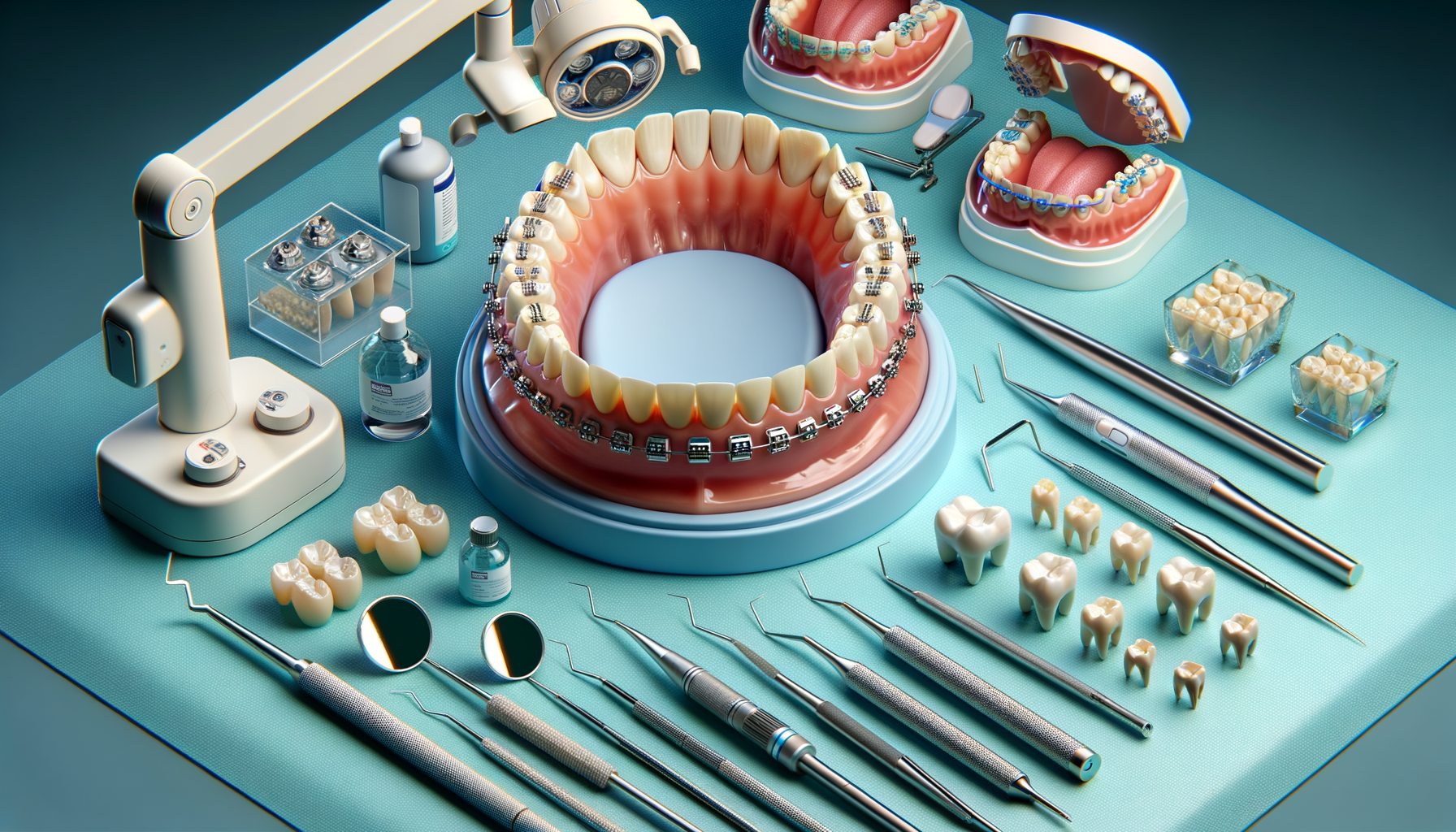Understanding the Basics of Orthodontic Solutions
Orthodontics is a specialized field of dentistry focused on diagnosing, preventing, and correcting misaligned teeth and jaws. The importance of orthodontic solutions cannot be overstated, as they play a crucial role in enhancing oral health, improving bite function, and boosting self-esteem. Misaligned teeth can lead to a host of issues, including difficulty in cleaning, which increases the risk of tooth decay and gum disease. Moreover, they can cause undue stress on chewing muscles, leading to headaches and neck pain.
Orthodontic solutions come in various forms, each designed to address specific dental issues. Traditional braces, for instance, have been a staple in orthodontics for decades. They consist of metal brackets bonded to the teeth and connected by wires and rubber bands. While effective, they are often associated with discomfort and aesthetic concerns. On the other hand, clear aligners have gained popularity for their discreet appearance and convenience. These custom-made, removable trays gradually shift teeth into their desired positions without the need for metal components.
The choice of orthodontic treatment depends on several factors, including the severity of the dental issue, patient preference, and budget. Consulting with an orthodontist is essential to determine the most suitable option for achieving a healthy and beautiful smile.
Braces for Adults and Teens: Options and Considerations
Braces are no longer just for teenagers. A growing number of adults are seeking orthodontic treatment to correct long-standing dental issues or to improve their smiles. Advances in technology have led to a variety of braces options that cater to different needs and preferences. Traditional metal braces remain a popular choice due to their effectiveness in treating complex cases. However, ceramic braces, which are tooth-colored and less noticeable, offer a more aesthetic option.
For those seeking a more discreet solution, lingual braces are an option. These braces are placed on the inner side of the teeth, making them virtually invisible from the outside. However, they can be more challenging to clean and may cause temporary speech difficulties.
When considering braces, it is essential to weigh the pros and cons of each type. Metal braces are typically the most cost-effective, but they are also the most noticeable. Ceramic and lingual braces offer aesthetic advantages but often come at a higher cost. Additionally, the duration of treatment can vary, with some cases requiring several years to complete. Regular visits to the orthodontist for adjustments and maintenance are crucial to ensure successful treatment outcomes.
Clear Aligners: A Modern Approach to Orthodontics
Clear aligners have revolutionized the field of orthodontics by providing a convenient and aesthetically pleasing alternative to traditional braces. These aligners are made from transparent plastic and are custom-fitted to each patient’s teeth. They work by applying gentle pressure to gradually move teeth into the desired position, with a new set of aligners provided every few weeks to continue the progression.
One of the significant advantages of clear aligners is their removability, allowing patients to eat, drink, brush, and floss without restrictions. This feature not only enhances oral hygiene but also offers a level of comfort and convenience unmatched by traditional braces. Additionally, the clear design ensures that treatment is virtually invisible, making it an attractive option for adults and teens who are self-conscious about wearing braces.
However, clear aligners are not suitable for all cases. They are most effective for mild to moderate dental issues and may not be the best choice for complex cases requiring significant tooth movement or jaw realignment. Compliance is also critical, as aligners must be worn for 20 to 22 hours per day to achieve optimal results. Patients considering clear aligners should discuss their specific needs and expectations with an orthodontist to determine if this treatment is appropriate for them.




Leave a Reply